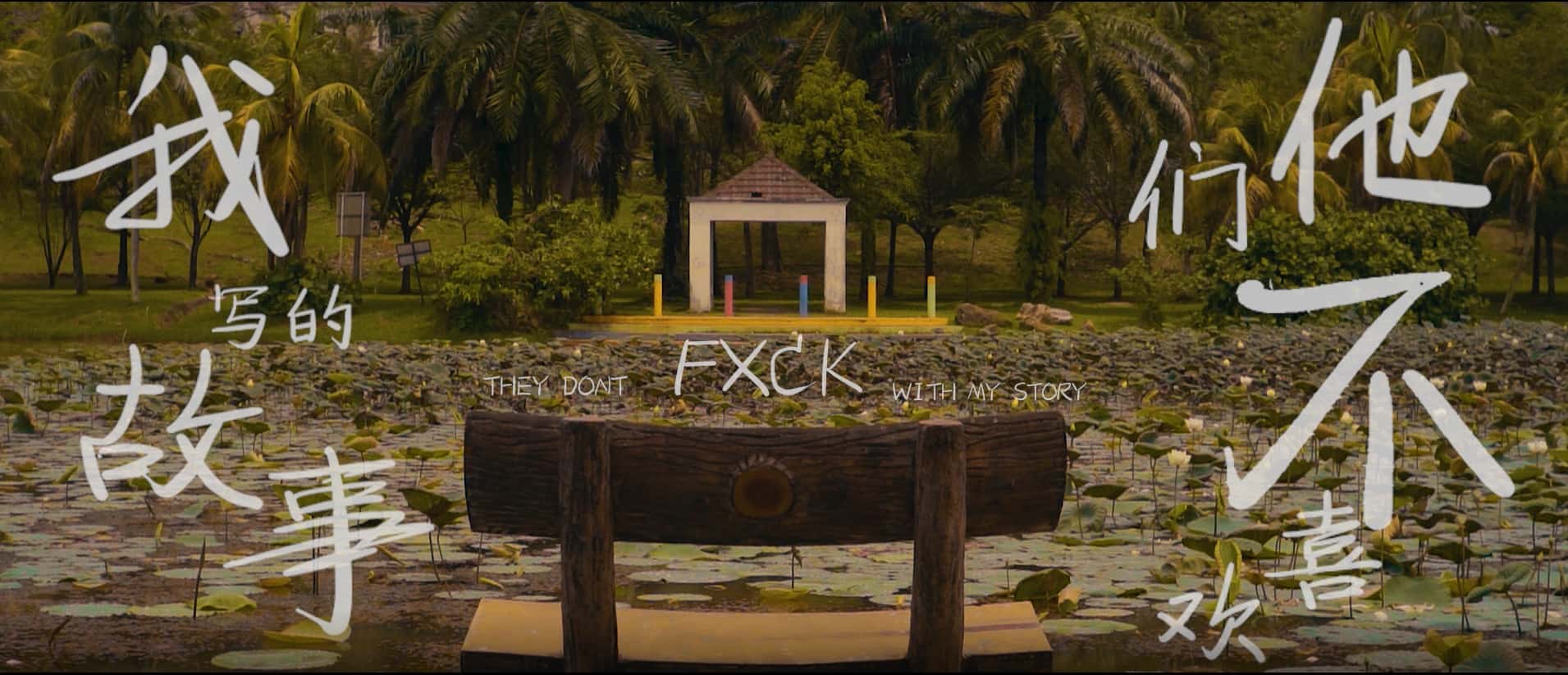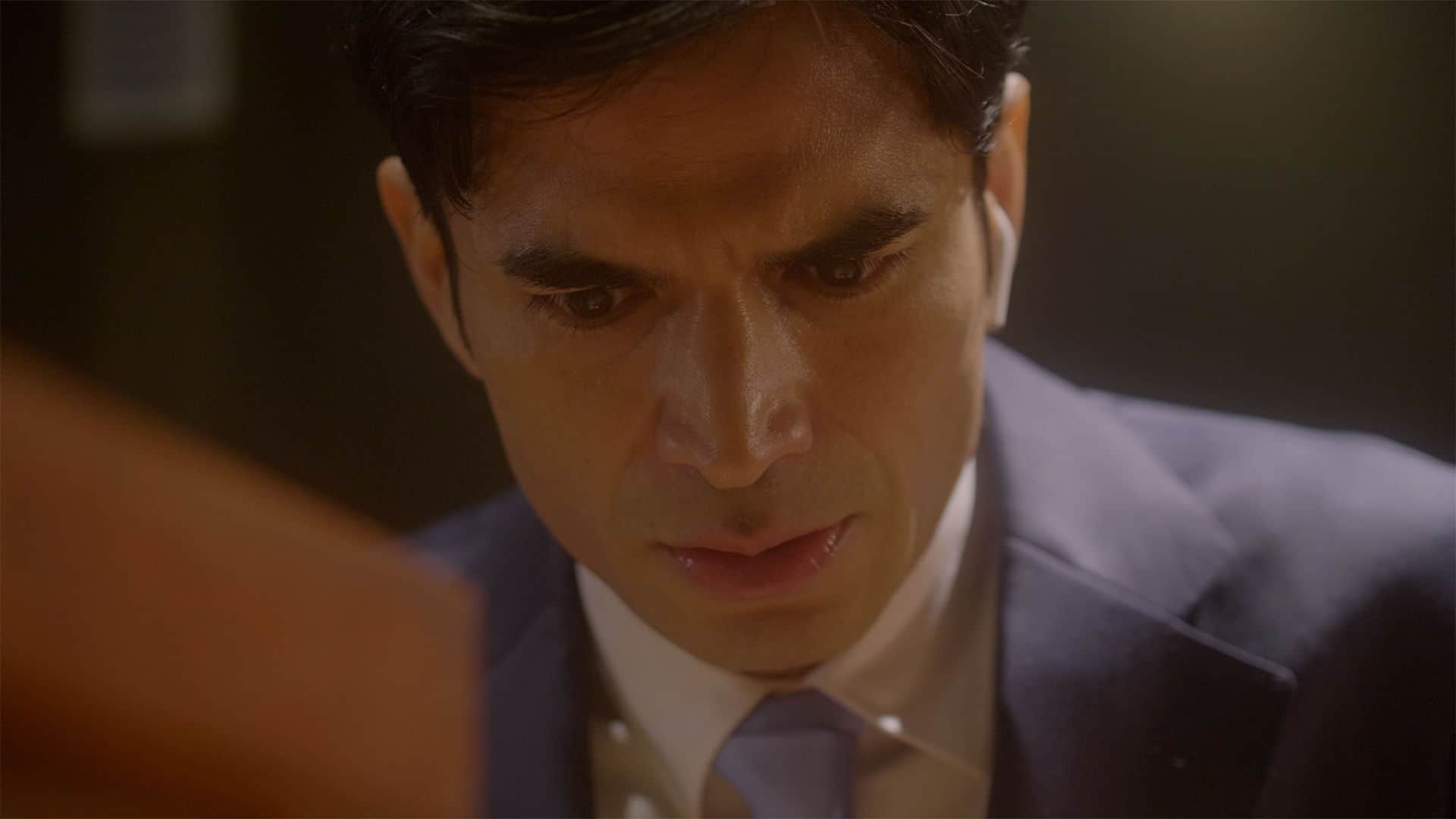Film history is not just the story of directors, actors and features, but also one about our culture, making its work all the more interesting and insightful if you take the time to appreciate it. Given the amount of films, features as well as documentaries, lost forever due to various circumstances, such as human error, the quality of film stock or natural catastrophes, it is always exciting to hear the news of an old work being uncovered, restored and finally shown again (or even for the first time in some cases). Within the Japanese film industry, the works of NDU (Nihon Documentary Union) are perhaps among those rare and precious finds, which explains why the rediscovery of their documentary “Asia is One” was met with a lot of enthusiasm in 2015. Apart from its technical prowess, it is a documentary shedding some light onto the development of Okinawa, its people and its society, most importantly the state of its economy and the preservation of its culture at the time of the film's production.
Asia Is One is screening at Japan Society
In many ways, “Asia is One” may be regarded as a companion piece to “Motoshinkakarannu” (1971), a documentary about Okinawa's tumultuous time during the occupation and also a very insightful portrayal of its society. Much like this work, the focus shifts from the various aspects the directors aimed to cover within its 96 minutes of running time, making it at times hard to follow and understand the link(s) between the different segments. Starting with the account of a student dreaming of leaving for the mainland and starting a life different from what he observed from his parents, we are then told the story of Miyako Island, its cultural significance and the many projects guaranteeing both, its preservation for future generations and its possible opening for tourism. In the last part, the filmmakers shows an Ayatal village in Taiwan, giving insight into a life which struggles with its identity, due to the era of colonization, by the Dutch, the Spanish, the Chinese and later on the Japanese.
While the quality of the film itself is average at time, with some scenes missing sound, for example, the approach of the directors themselves is indeed praiseworthy. For those interested in Japanese history, especially the development of Okinawa, “Asia is One” has lots to offer, even though it may take some time getting used to the way the footage is edited, as mentioned before. Besides the informative qualities of the documentary, there is also an undeniable sense of the various social environments the directors cover, from the students at the beginning making their way to the ferry to perhaps their new life or a group of workers playing games and singing coarse songs about prostitutes.
In conclusion, “Asia is One” is a documentary about the economic, social and political development of Okinawa. The directors of Nihon Documentarist Union manage to give a great insight into these various aspects, which may take some time getting used to due to its editing, but which, in the end, has lots to offer for historians and cinephiles alike.
















